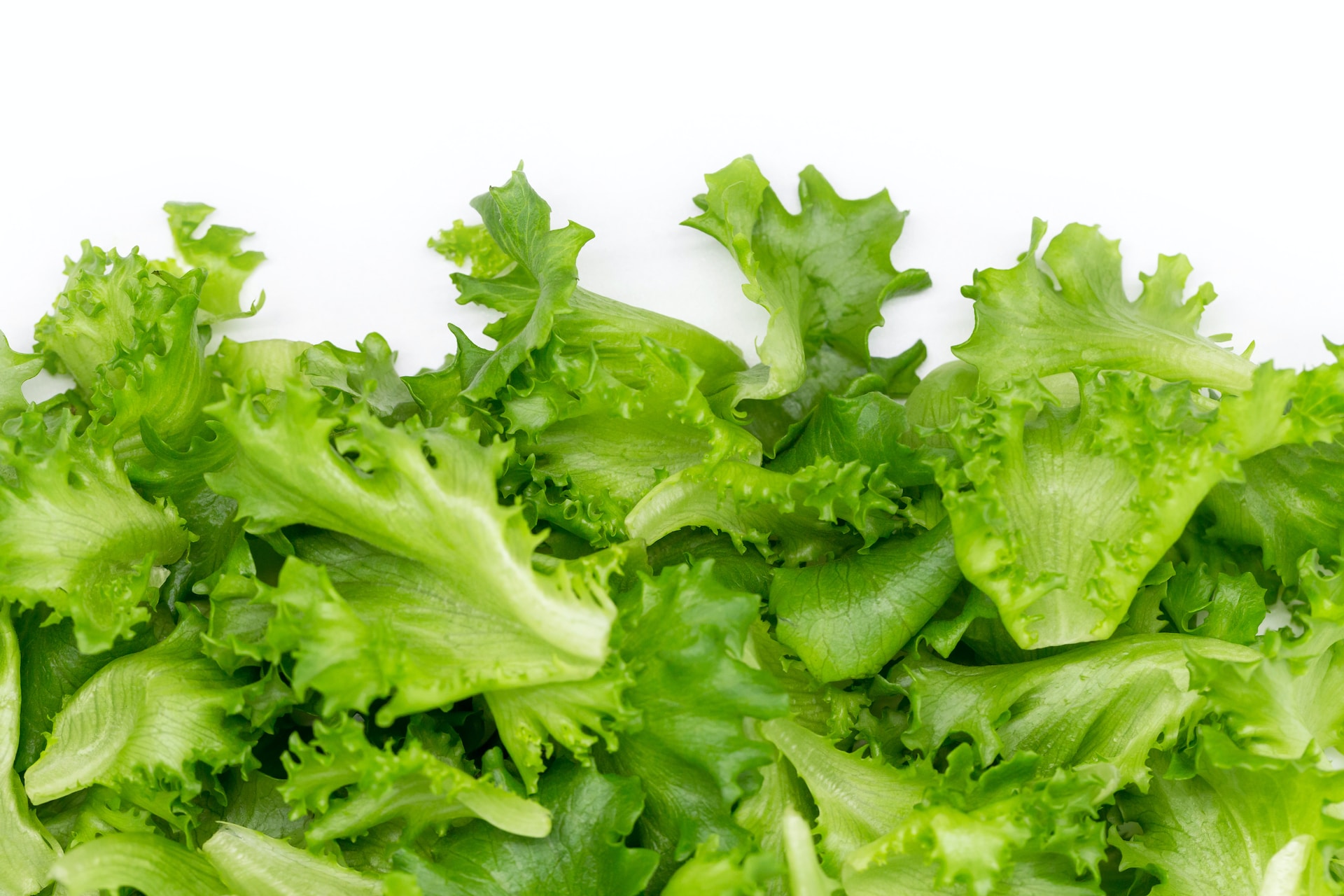
When it comes to refreshing and crisp salad greens, iceberg lettuce takes center stage. With its crunchy texture and subtle, slightly sweet flavor, iceberg lettuce has become a staple in kitchens and restaurants around the world. But there’s more to this humble lettuce than meets the eye. In fact, there are numerous fascinating facts about iceberg lettuce that you may not be aware of. From its origins to its nutritional value, join us as we delve into 17 intriguing facts about iceberg lettuce. Whether you’re a fan of this classic lettuce or curious to learn more, get ready to be amazed by the remarkable characteristics of iceberg lettuce that make it an essential ingredient in salads, sandwiches, and beyond.
Key Takeaways:
- Iceberg lettuce is a popular, low-calorie, and hydrating choice for salads and sandwiches. It’s rich in vitamins and fiber, making it a versatile and budget-friendly option for a balanced diet.
- With its mild flavor and crunchy texture, iceberg lettuce is a great source of hydration and dietary fiber. It’s easy to grow, stays fresh for a long time, and can be used in various dishes for a satisfying eating experience.
Iceberg lettuce is one of the most popular types of lettuce.
With its crisp texture and mild taste, it is a favorite choice for salads and sandwiches.
Iceberg lettuce gets its name from its appearance.
When harvested, the tightly packed leaves form a compact head that resembles an iceberg floating in water.
Iceberg lettuce is low in calories.
It is a great option for those looking to maintain a healthy weight or lose weight.
Iceberg lettuce is rich in water content.
It contains about 96% water, making it a hydrating choice during hot summer months.
Iceberg lettuce is a good source of vitamin K.
Vitamin K is essential for blood clotting and bone health.
It also provides some vitamin A and vitamin C.
Vitamin A is important for vision and immune function, while vitamin C is an antioxidant that supports the immune system.
Iceberg lettuce has a crunchy texture.
It adds a satisfying crunch to salads and sandwiches, enhancing the overall eating experience.
It is commonly used in wedge salads.
The crisp leaves are typically served as a wedge topped with bacon, tomatoes, blue cheese, and dressing.
Iceberg lettuce has a mild flavor.
While some lettuce varieties have a stronger taste, iceberg lettuce has a subtle flavor that pairs well with a variety of ingredients.
It can stay fresh for a long time.
Due to its tightly packed leaves, iceberg lettuce has a longer shelf life compared to other lettuce varieties.
Iceberg lettuce is easy to grow.
It is a hardy lettuce variety that can tolerate different growing conditions, making it a popular choice among home gardeners.
Iceberg lettuce is versatile in cooking.
Aside from salads, it can be used in wraps, tacos, stir-fries, and even grilled for a unique twist.
It is a good source of dietary fiber.
Fiber is essential for digestive health and can help prevent constipation.
Iceberg lettuce is a naturally gluten-free food.
It can be enjoyed by individuals with gluten sensitivities or celiac disease.
Iceberg lettuce has a high water content.
This makes it a hydrating choice and can contribute to overall hydration in your diet.
It is a budget-friendly option.
Iceberg lettuce is often more affordable compared to other lettuce varieties, making it accessible to a wide range of consumers.
Iceberg lettuce can be a part of a balanced diet.
When combined with other nutritious ingredients, it can contribute to a healthy and well-rounded eating plan.
Conclusion
In conclusion, iceberg lettuce is a widely consumed and versatile vegetable that offers a refreshing crunch and a mild flavor. Despite its reputation as a less nutritious choice compared to other leafy greens, iceberg lettuce still provides a range of vitamins, minerals, and dietary fiber. Its high water content makes it hydrating and low in calories, making it a great addition to salads, sandwiches, wraps, and even smoothies. Whether you’re looking for a refreshing side dish or a base for your favorite toppings, iceberg lettuce can be a delicious and healthy option. So, the next time you’re at the grocery store, don’t overlook the humble iceberg lettuce and give it a chance to shine on your plate!
FAQs
1. Is iceberg lettuce nutritious?
While iceberg lettuce doesn’t contain as many nutrients as darker leafy greens, it still provides vitamins A, K, and C, as well as dietary fiber.
2. Can I use iceberg lettuce in sandwiches?
Absolutely! Iceberg lettuce’s crisp texture and mild flavor make it a great choice for adding crunch to sandwiches and wraps.
3. Can I use iceberg lettuce in cooked dishes?
Iceberg lettuce is best enjoyed raw due to its high water content and delicate leaves. It may not hold up well when cooked.
4. How should I store iceberg lettuce?
It’s best to store iceberg lettuce in the refrigerator, either wrapped in a damp paper towel or in a plastic bag, to keep it fresh and crisp for longer.
5. Can I freeze iceberg lettuce?
Freezing iceberg lettuce is not recommended as it can cause the leaves to become limp and lose their crispness when thawed.
6. What are some popular recipes using iceberg lettuce?
Some popular recipes using iceberg lettuce include classic wedge salads, tacos, lettuce wraps, and shredded lettuce salads.
Was this page helpful?
Our commitment to delivering trustworthy and engaging content is at the heart of what we do. Each fact on our site is contributed by real users like you, bringing a wealth of diverse insights and information. To ensure the highest standards of accuracy and reliability, our dedicated editors meticulously review each submission. This process guarantees that the facts we share are not only fascinating but also credible. Trust in our commitment to quality and authenticity as you explore and learn with us.
